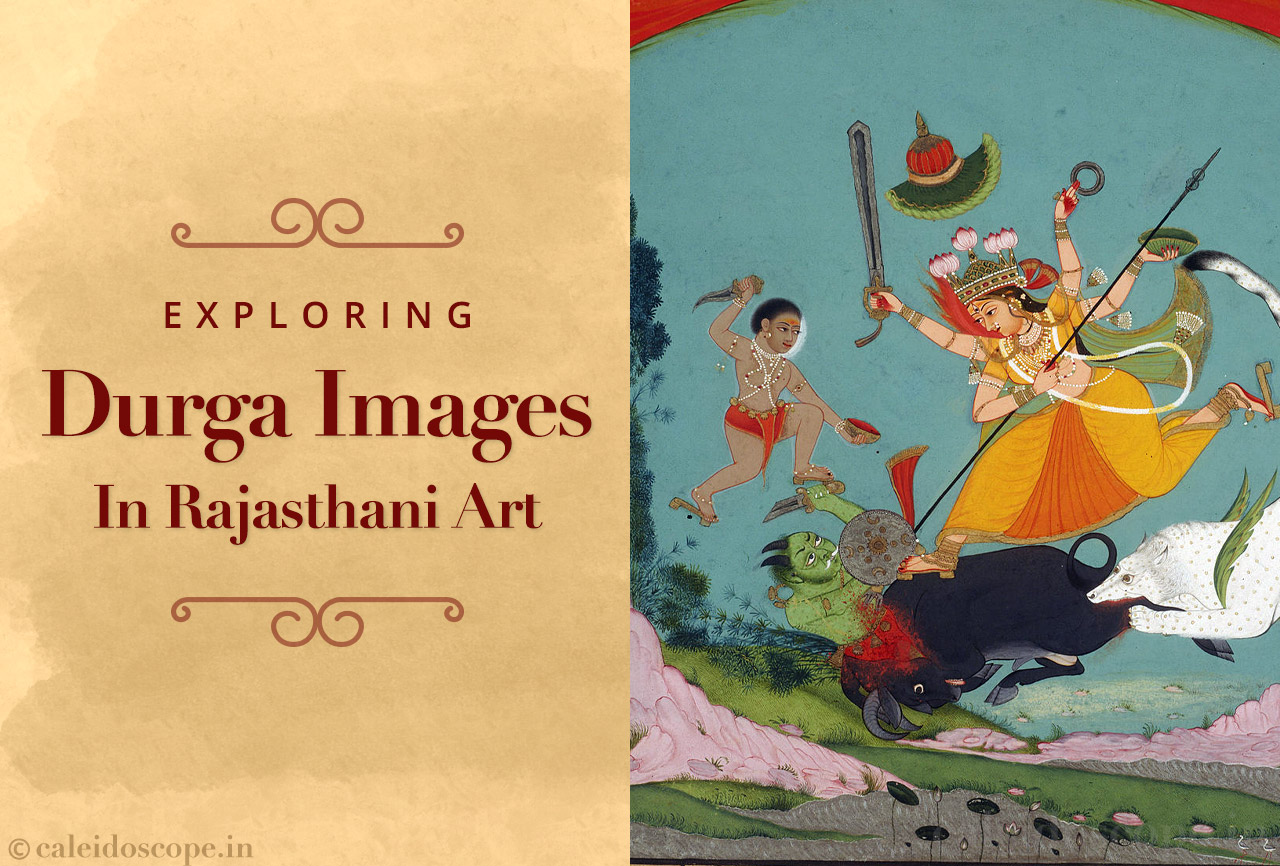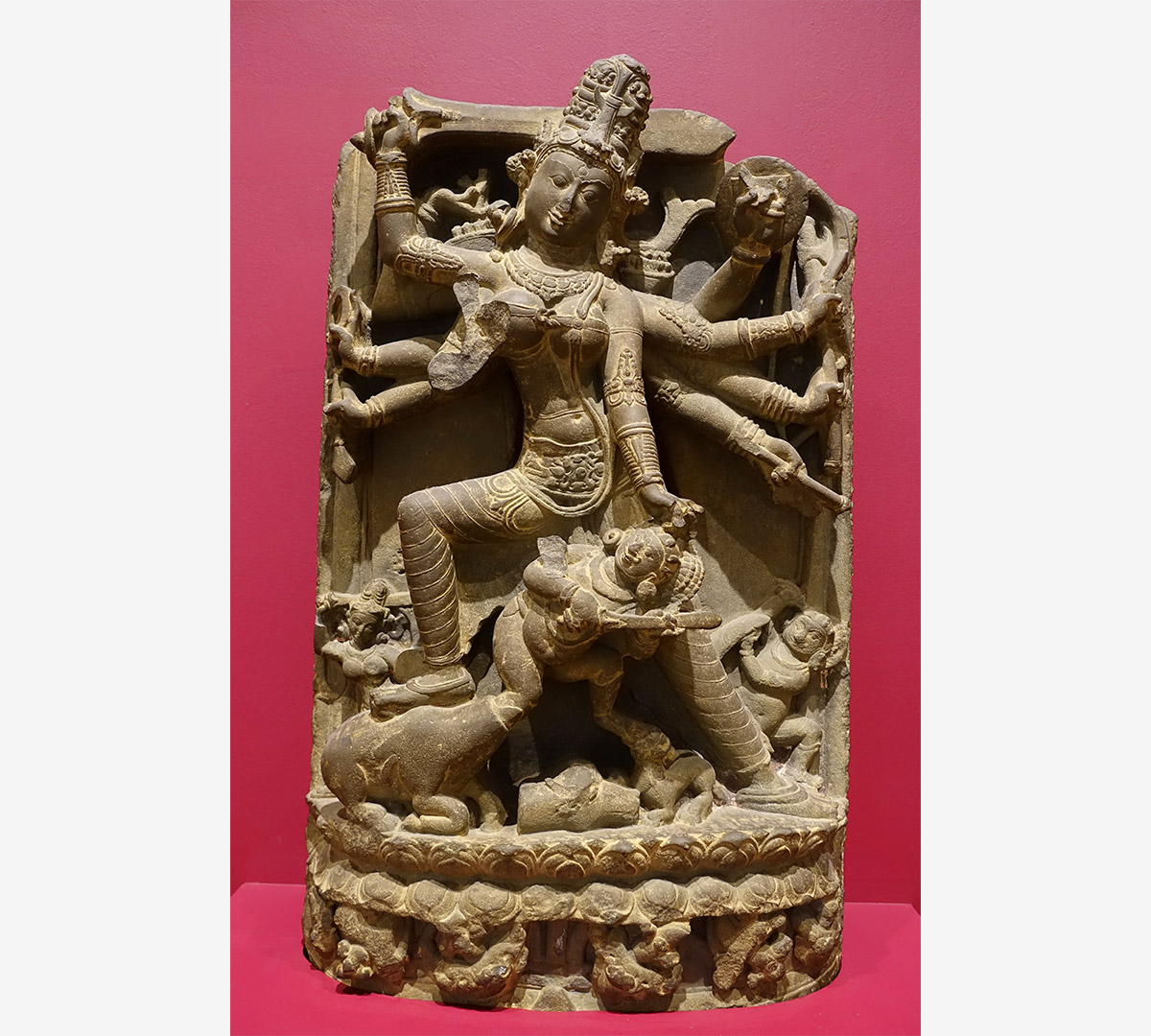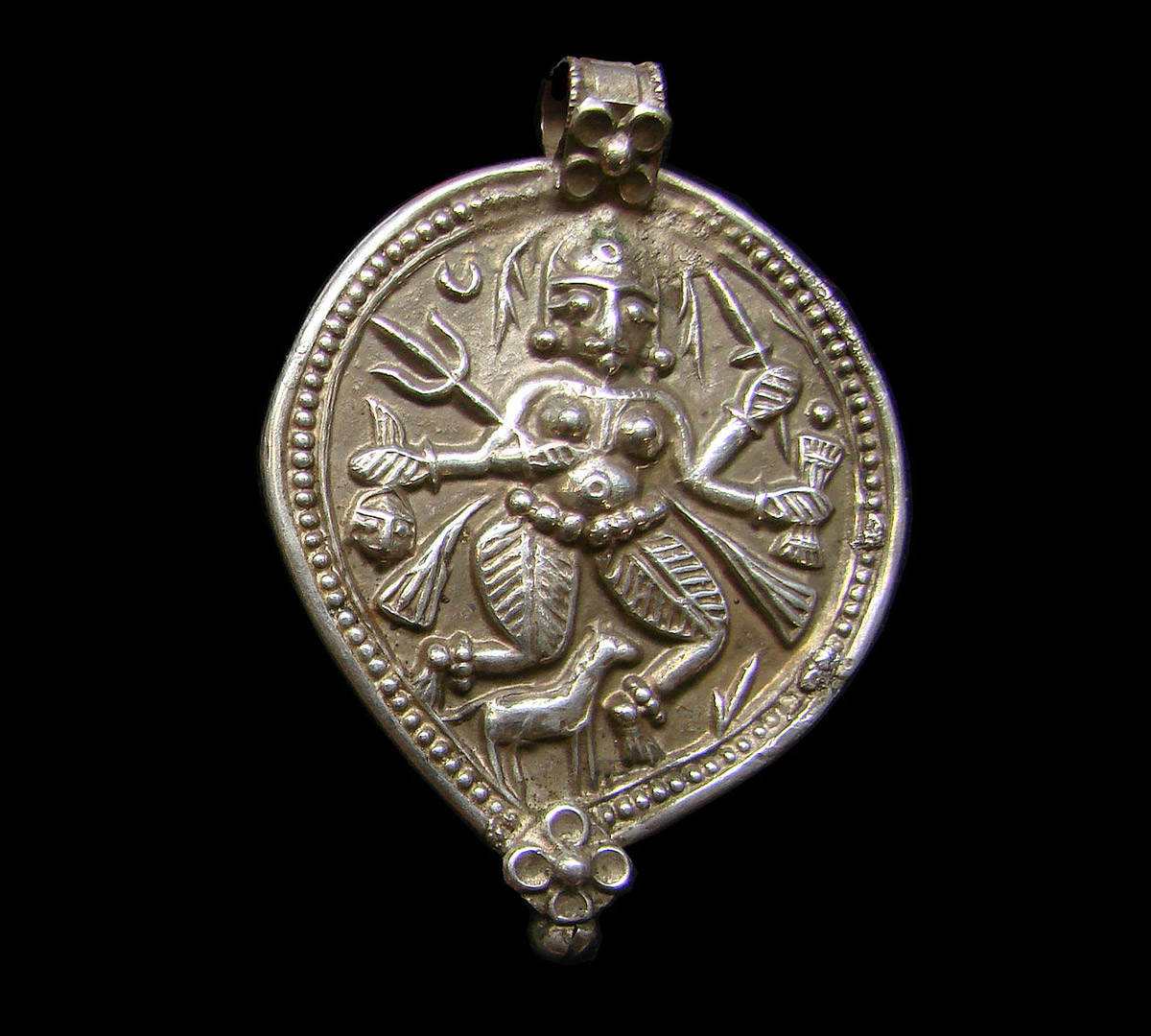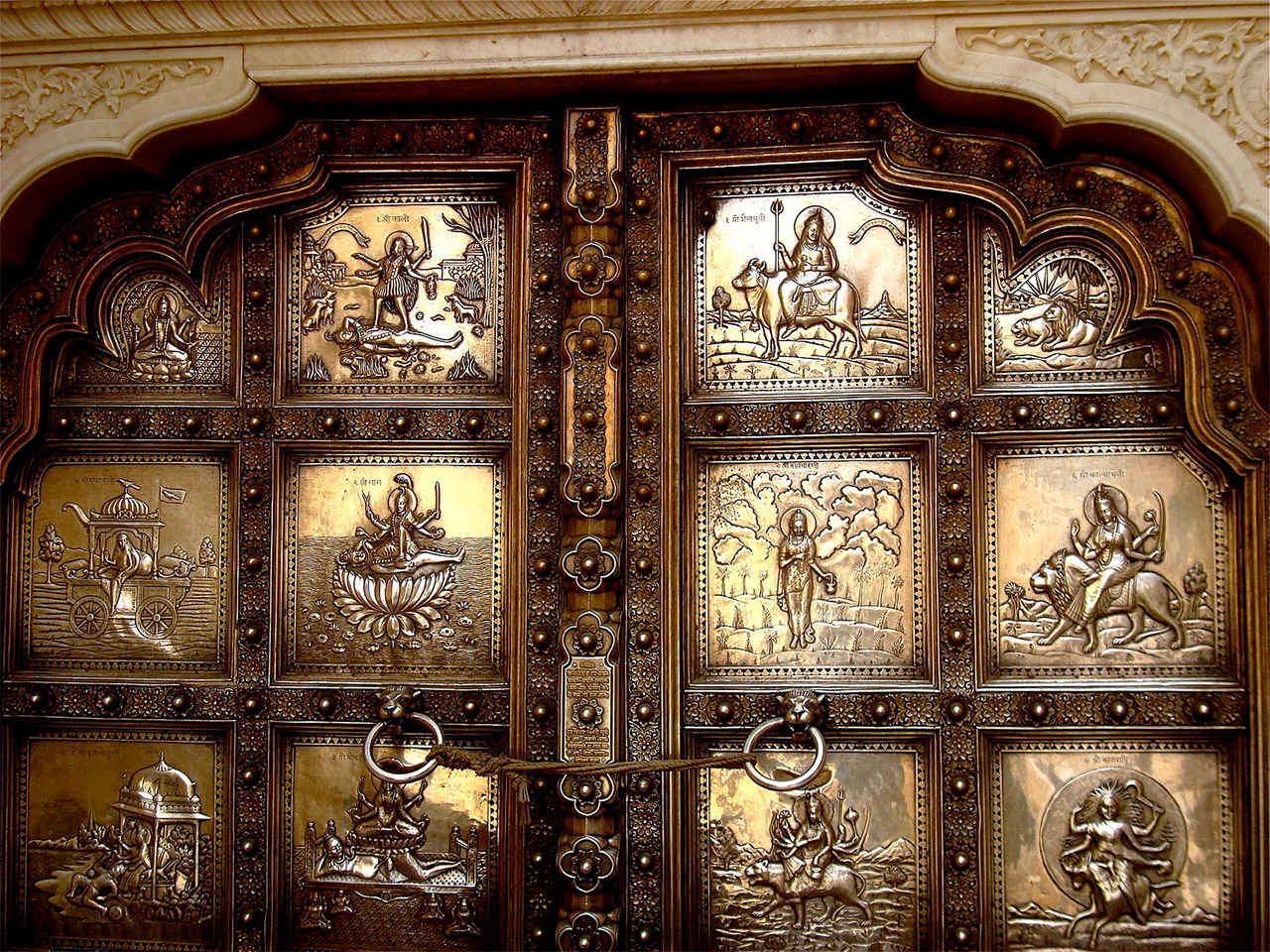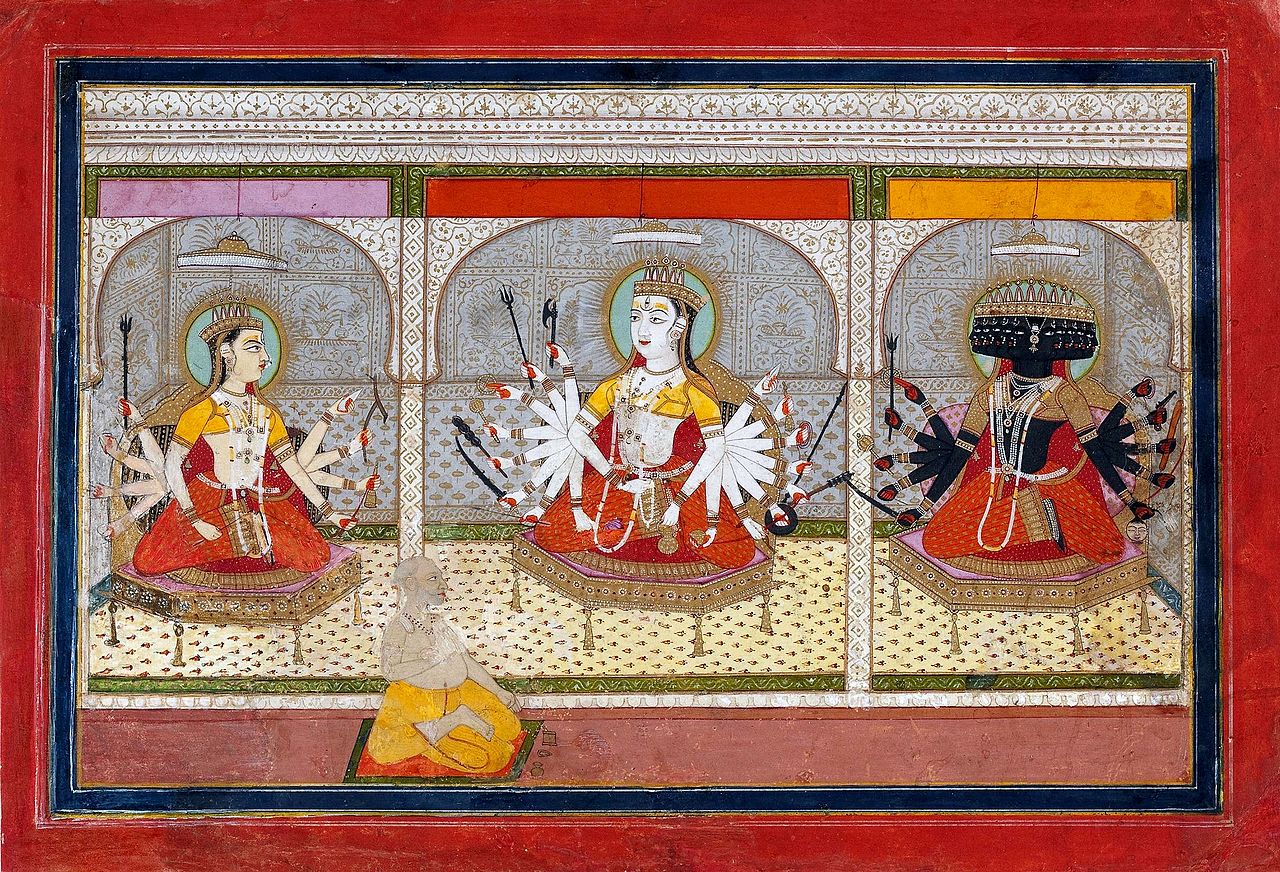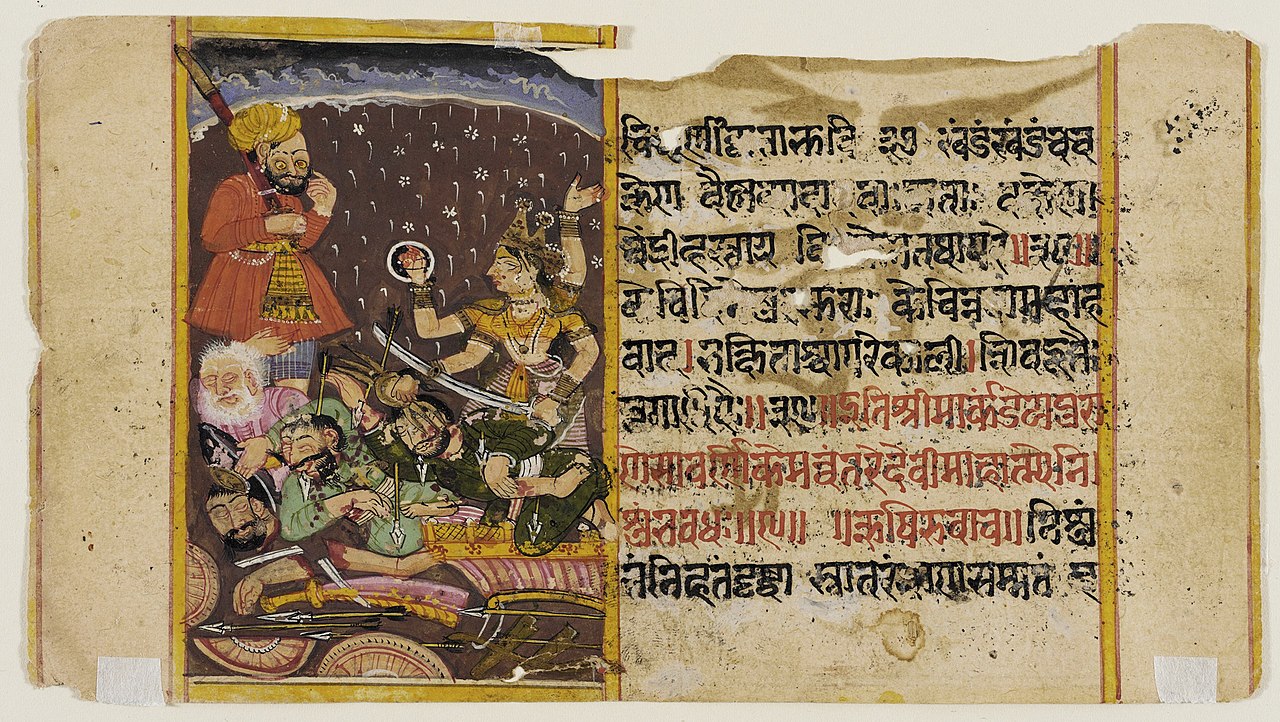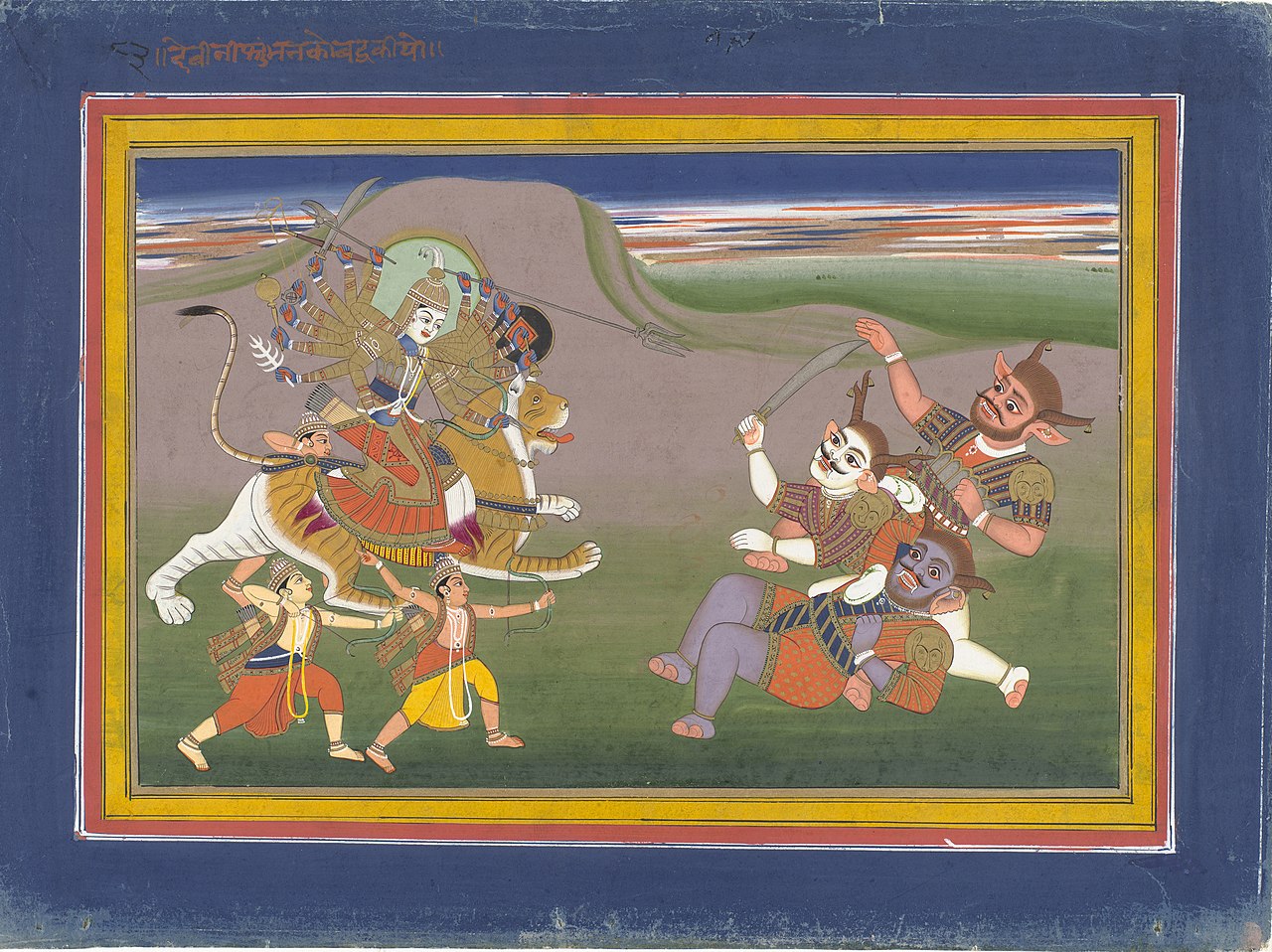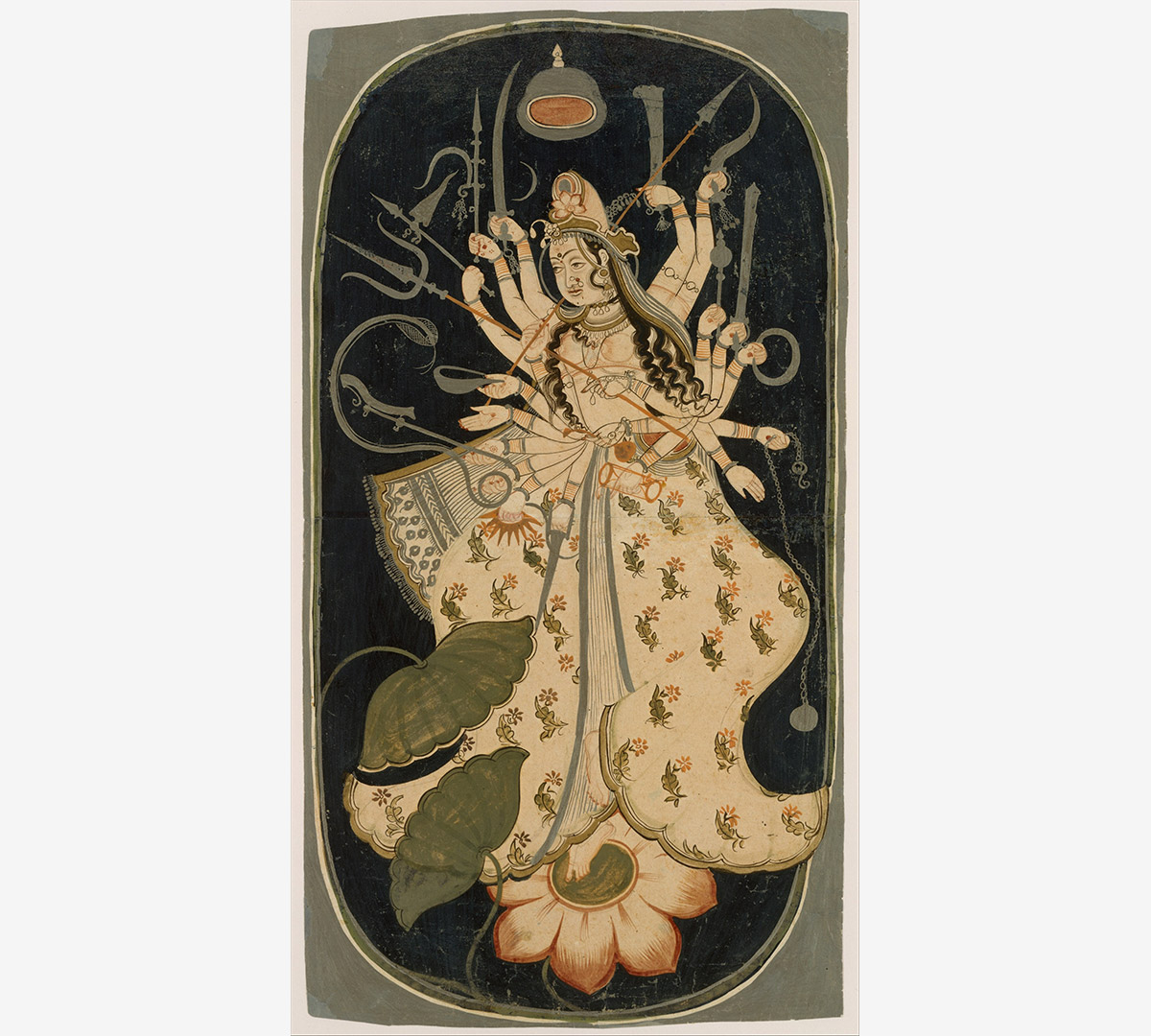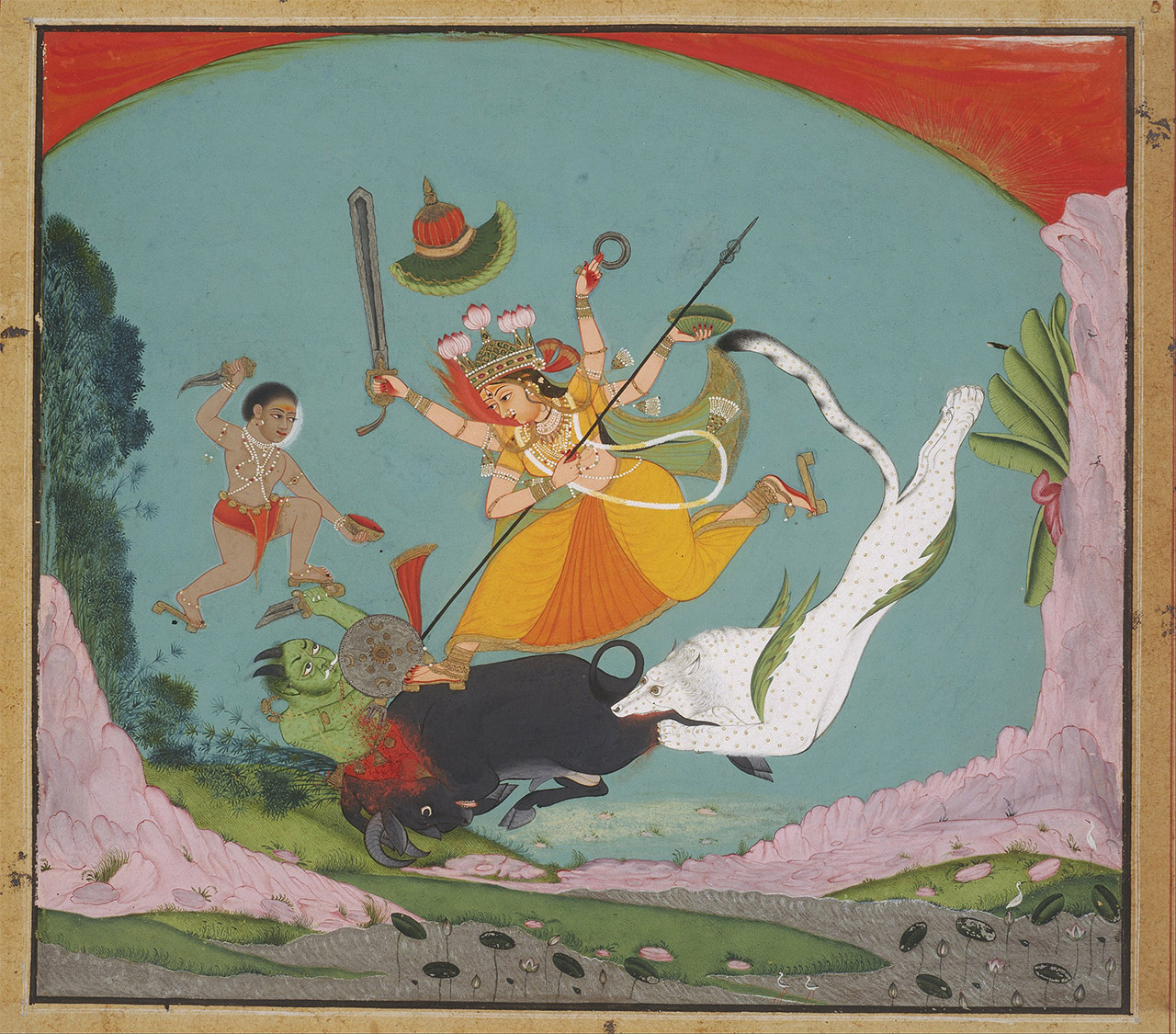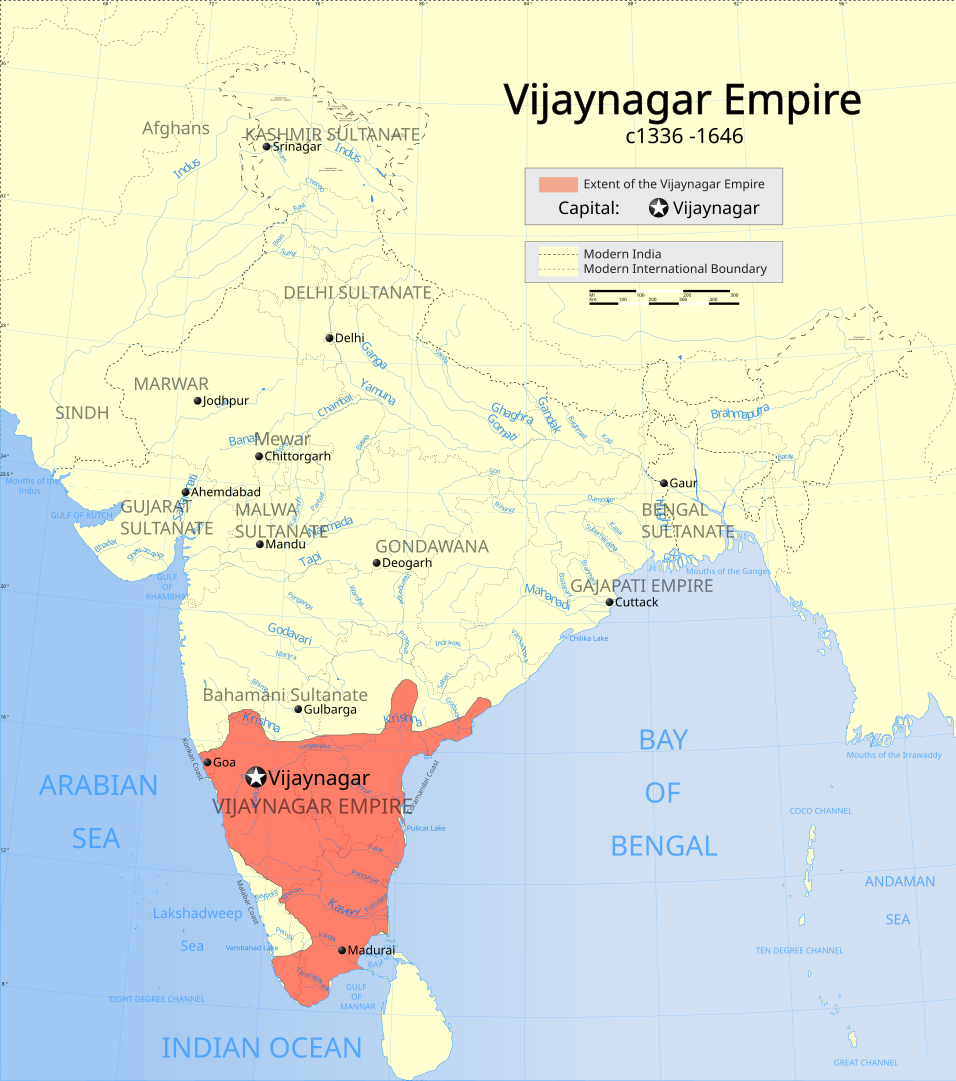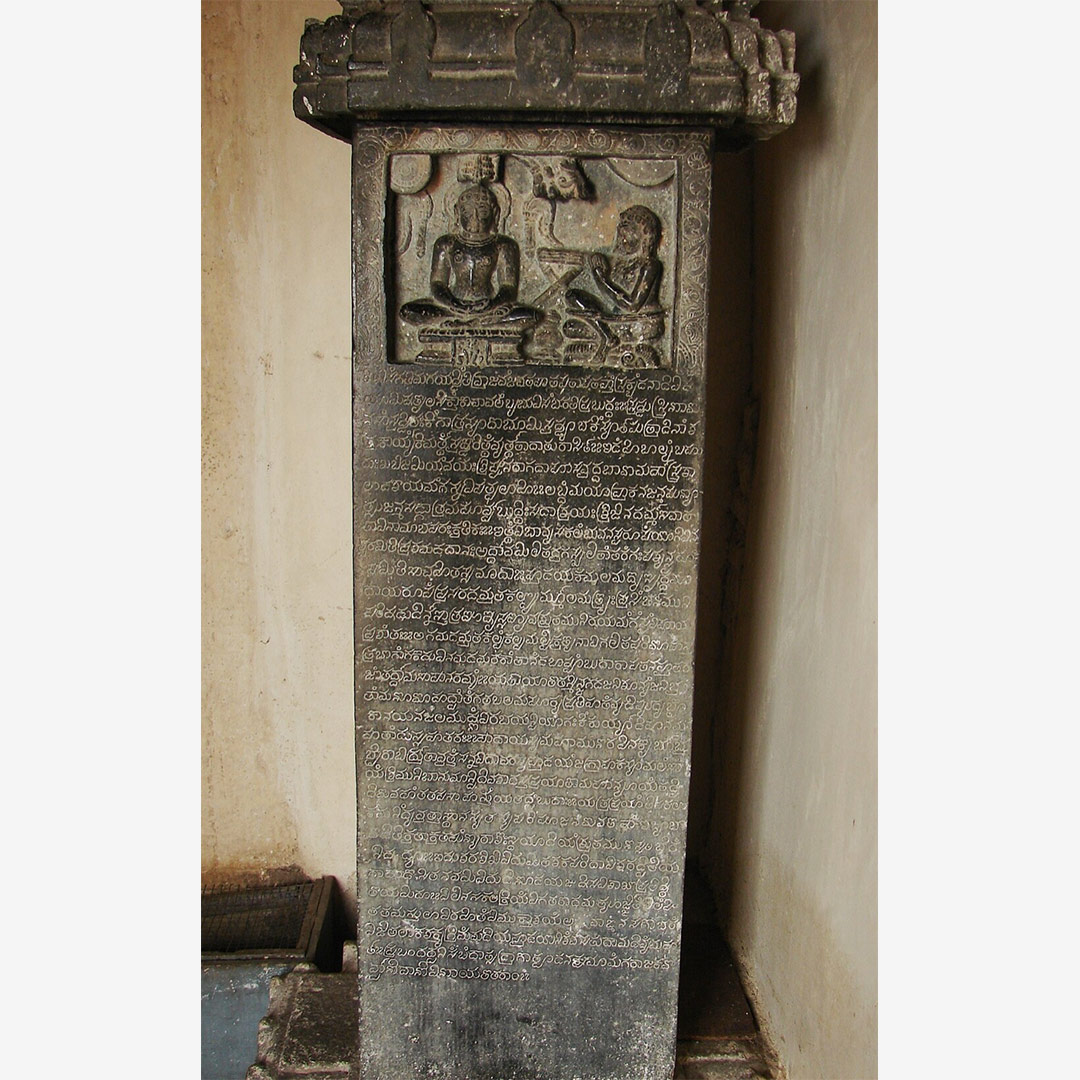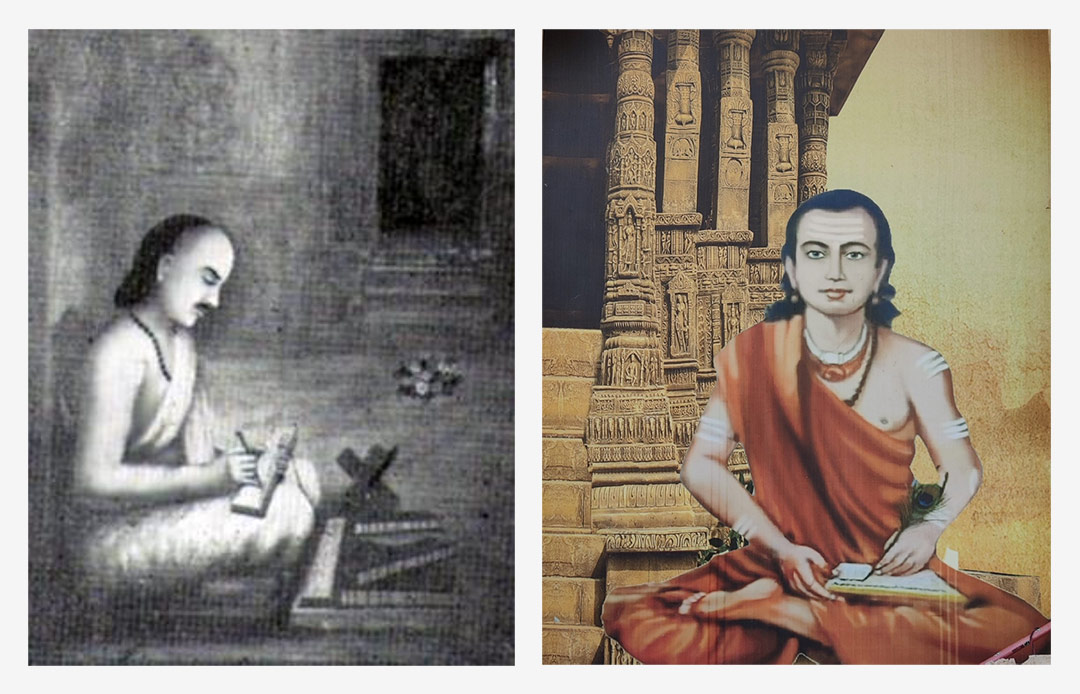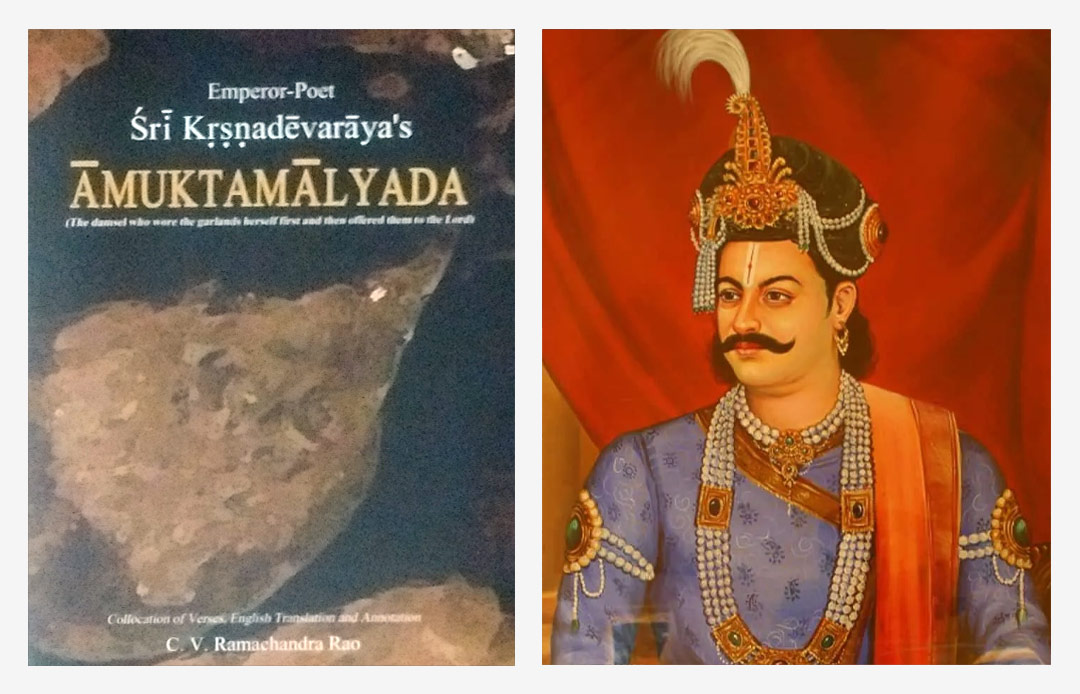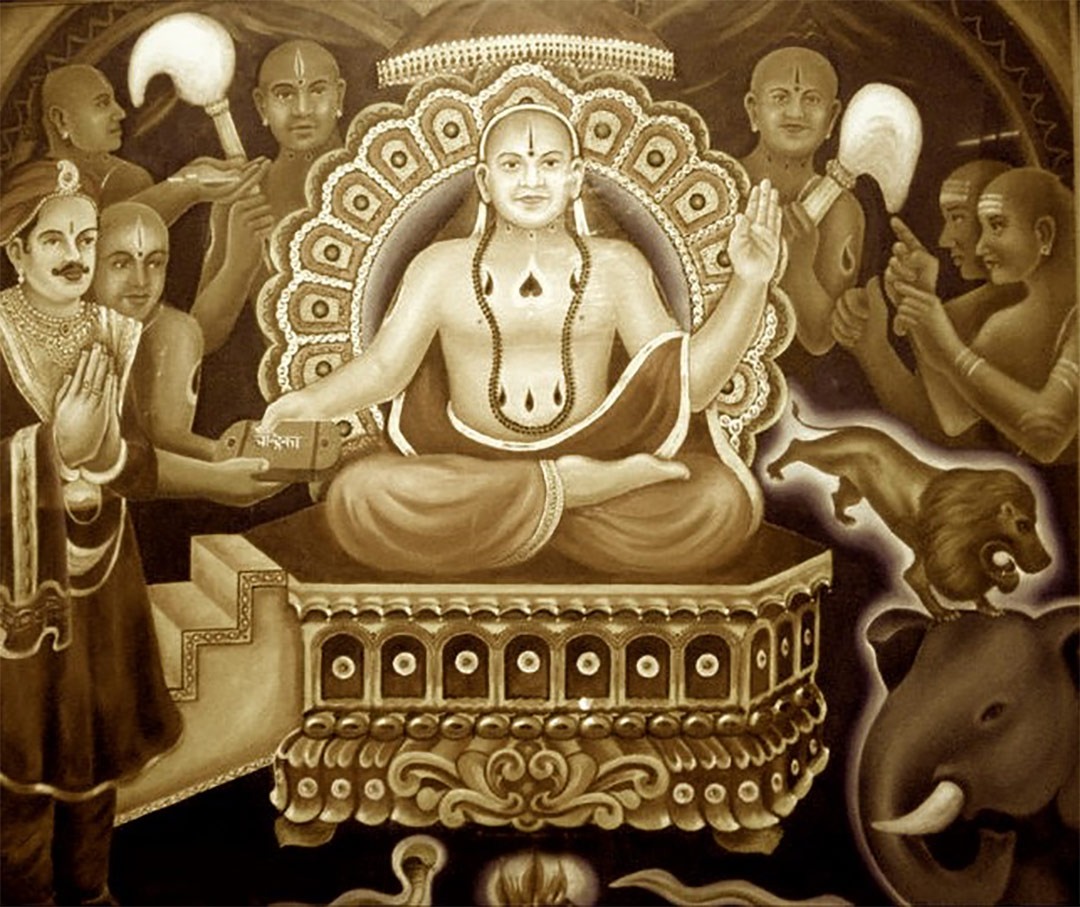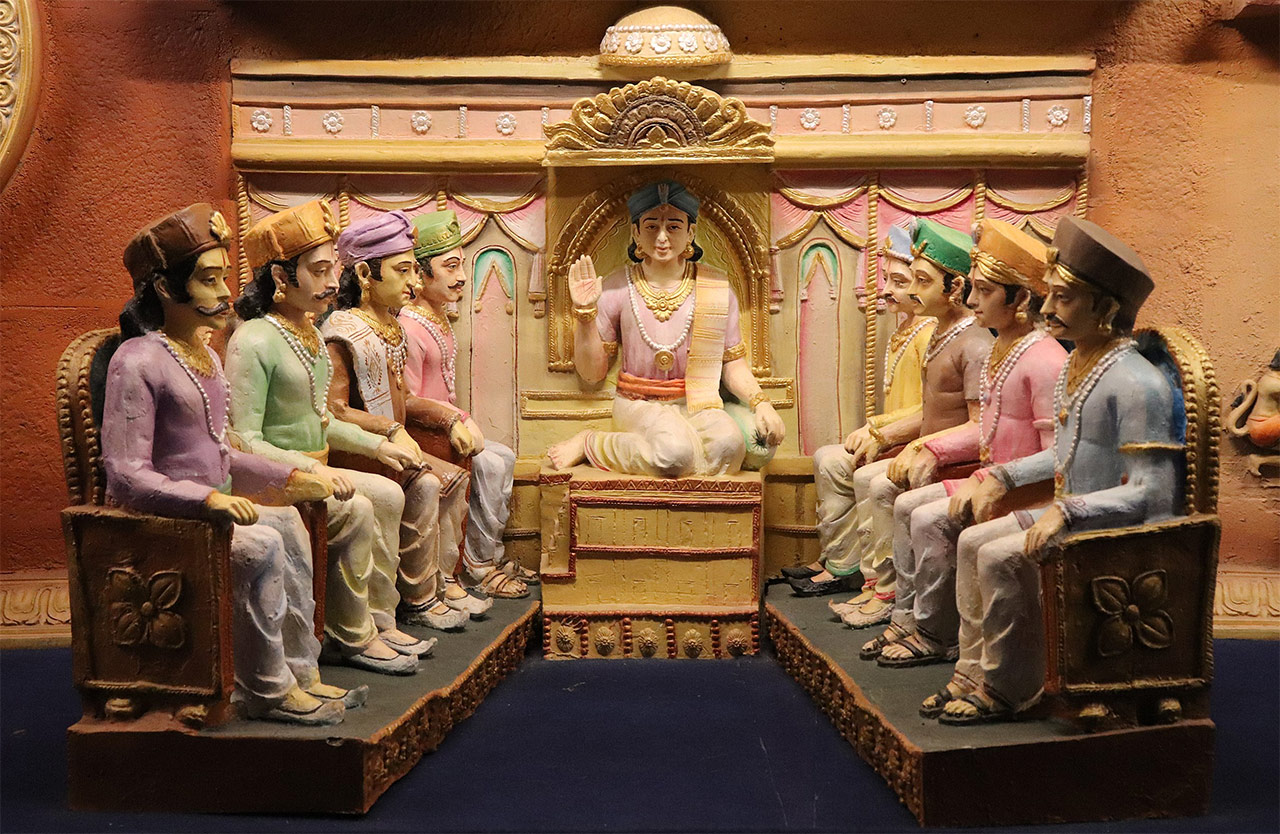
Maharashtrian Culture
Every culture that thrives in India adds to the glorious diversity that the country has always been proud of. The people of Maharashtra have their own traditions that are a reflection of their heritage and a result of the climatic, social, and economic conditions that have prevailed in their land in the long run. The same can be said about the traditional dresses of Maharashtra.
Suggested Story: Maharashtra Culture: Exploring the Rich Tradition, Art, Music, Food and Festivals
In the Marathi language, ‘costume’ is called ‘vesh bhusha’, which translates to cloth and apparel that is worn to adorn and beautify oneself. In a civilization, costumes are as much of an imperative as other institutions, like agriculture and housing. Beginning as only to serve the basic needs of protection and modesty, garments and clothing have gradually become to signify one’s nationality, gender, and occupation, while also evolving their economic usage.
Traditional Dresses of Maharashtra

The people of a region adopt a particular style of drapery or clothing as well as ornaments which are passed on from generation to generation, retaining its individuality as well transforming in some aspect or another. Such changes and development in traditional clothing are brought about by geographic, social, political as well as foreign influence. Although traditional clothing distinguishes one ethnicity from another, it also emphasizes the unifying solidarity that exists among the people of a particular culture.
Maharashtrian clothing not only pleases the aesthetic sense but also portrays the rich heritage of the state, be it in terms of caste, profession, or geographic factors.
Maharashtra state has been a centre of confluence for various cultures since ages; the Kushan, the Hun, and the Muslims from the north, the Greeks and the Romans from the western seas, or the British imperialists who brought Christianity. It is a land that has been ruled by the Peshwas, the Marathas, the Mughals, and the Sultans. The rich traditions and culture have been preserved and passed on even during times of overpowering modernisation and Westernisation.
Traditional Dresses of Maharashtrian Woman
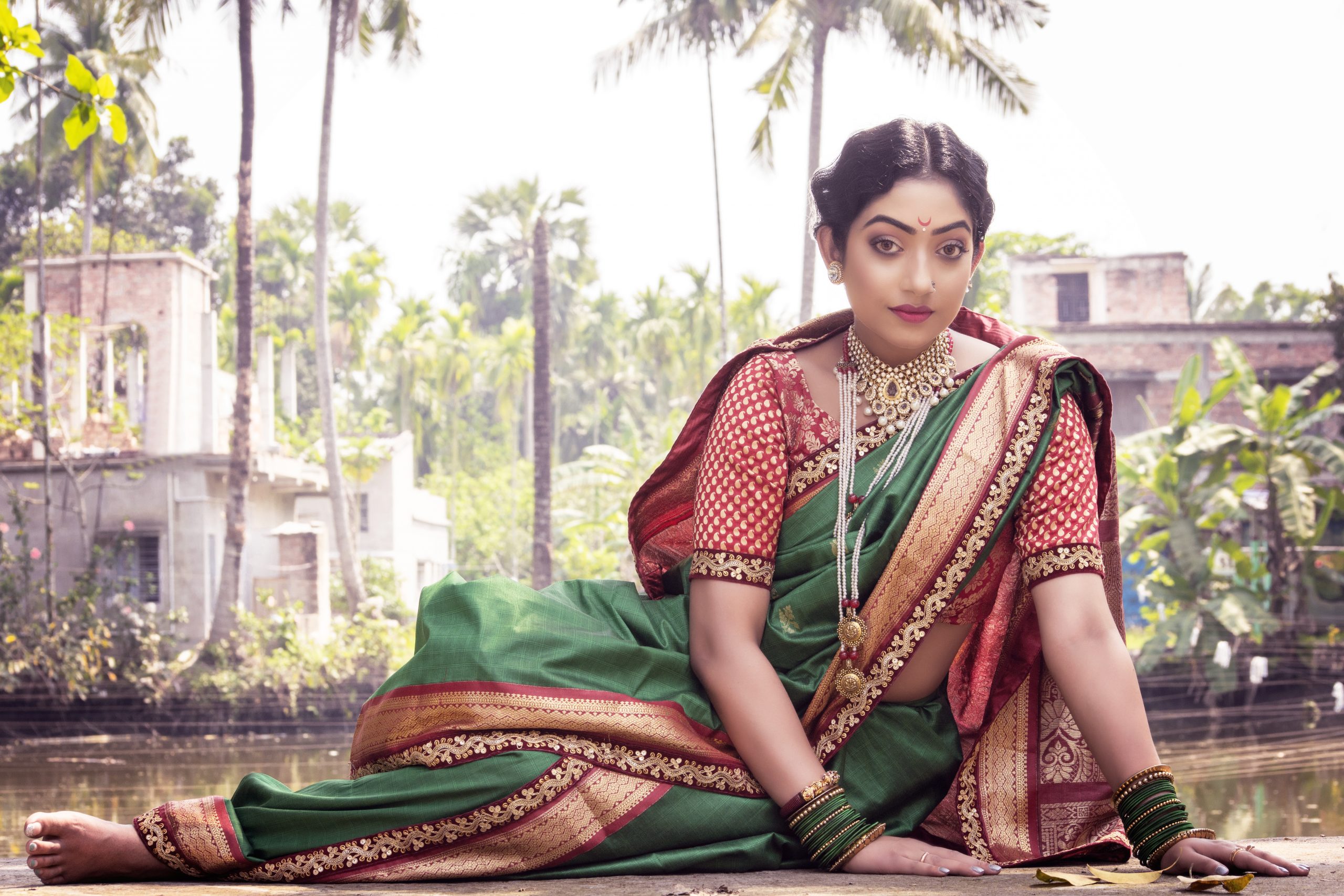
Nauvari Saree
The most common form of clothing traditionally worn by Maharashtrian women is the saree named ‘Nauvari’, which means ‘nine yards’, signifying the length of the fabric. It has a unique pattern of draping which is similar to that of the ‘dhoti’ worn by men and allows ease of movement. These sarees are also called the Kashta saree. It refers to the way it is tucked at the back after being draped around the waist and legs.
Himroo and the Mashru
Emerging from the city of Aurangabad in the 15th century CE, the fabrics of the Himroo and the Mashru are luxurious legacies that have been passed down since the times when they were special only for the nobles. Woven with silver and gold threads, these fabrics blend both cotton and silk in a special handloom to produce the distinct and comforting finish of the texture. The process of weaving Himroo is more intricate and requires exclusive skill to master the finery of texture.
Paithani saree
The Paithani sarees originated in Aurangabad in 17th century CE. With its intricate gold-threaded zari embroidery and rich colours, these sarees are known to be perfect for exquisite occasions. They are dyed in traditional colours, made from pure silk and contain pretty motifs and symbols, especially along the pallav, which is the portion of the saree draped diagonally across the torso.

Narayan Peth Saree
From the district of Solapur, the Narayan Peth sarees are famous for their broad and vibrant borders. They are usually strewn around with little motifs called rudrakshas, that strikingly contrast with the rest of the fabric. The zari along the border or pallav of the saree is designed with threads of pure gold. The immaculate motifs of the Narayan Peth saree are usually of flowers and animals.
Karvat Kati Saree
The Karvat Kati Saree originated in the Vidarbha region of Maharashtra, in the 18th century CE. The name ‘karvati kati’ literally translates to “saw-edged”, referring to the designs at the ends of the fabric that resemble the teeth of a saw. This saree is usually worn during rituals and ceremonies. Chandrapur and Gadchiroli are the main centres of reeling activities while the weaving takes place at Bhandara and Nagpur districts.

Ganga-Jamuna Saree
The traditional Ganga-Jamuna sarees of Maharashtra originated from the Solapur District and have vivid colours on both the sides of the warp and the weft such that the cloth can be worn and presented in either way. The Nagpur saree, made of Tussar silk, is unique for its designs of checks and stripes across the body and its ornamented borders. Always kept definite in its width and length, the Khana material is used to produce blouses that are traditionally folded in triangular shapes and offered to God during religious ceremonies.
The sarees are worn along with a blouse called the ‘choli’ as the top, with hooks or buttons to allow ease of donning them. During religious practices or holy ceremonies, the women drape the pallav of their saree over their heads as a mark of gratitude and respect towards God and the elders.
Traditional Dresses of Maharashtrian Men

Dhoti’ and ‘Kurta
The indigenous attire of the men of Maharashtra includes the simple ‘dhoti’ and ‘kurta’. Tracing its roots back into the 5th century BC, the unstitched cloth called ‘dhoti’ or ‘dhotar’ is fitted accordingly by the wearer by adjusting the draping that goes around the waist and the legs, reaching up to the ankles. The Marathi dhoti is traditionally of sober colours and includes five knots with the extra end of the cloth being tucked in the front and the back. The city of Nagpur is the hub of producing traditional dhoti. During festivities, the men wear Achkan, Churidar, Suvar, and Pyjama. Made of cotton, the Pyjama is tightened around the waist with a string knot and allows comfort. The Churidar is also a type of trousers that fold into horizontal rings at the cuffs, a style that owes to the deliberately longer length of the legs.
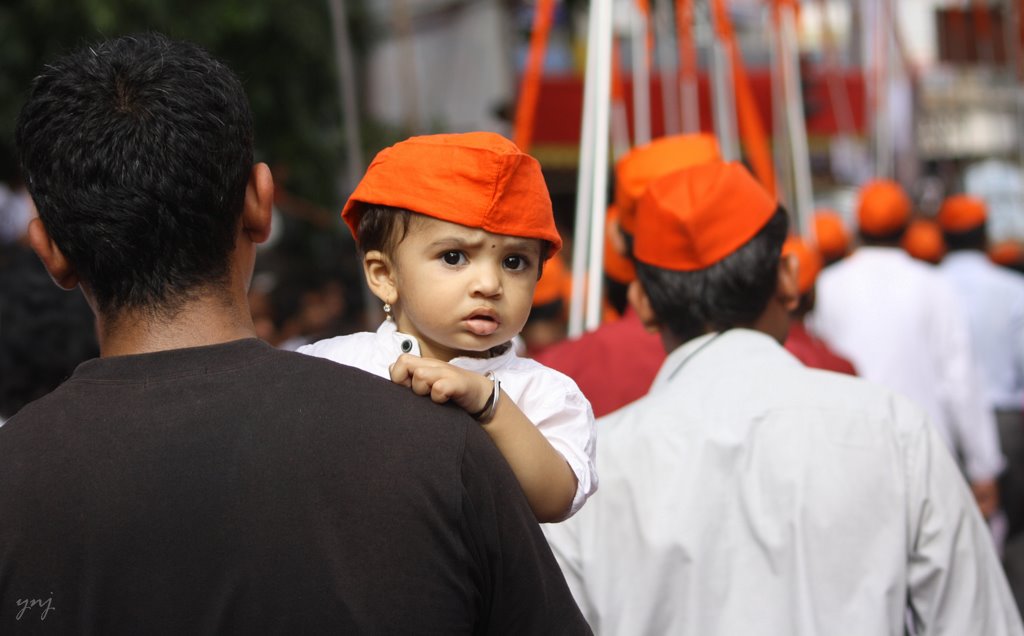
The ‘kurta’ is a loose, usually light-coloured shirt, that is traditionally suited for the tropical heat of the state. However, it also comes in attractive colours and designs to wear on occasions like weddings and religious ceremonies. The Pairan type of ‘kurta’ has the side-slits.
The sleeveless jacket or waistcoat named ‘bandi’ is often worn along with the shirt or ‘kurta’ and gives a well-rounded look, even during the heat thanks to its light, cotton fabric. A cap called ‘pheta’, which grew into its traditional worth during the Peshwa era, is also worn, usually to protect the head from scorching days. It is made of silk, cotton, or wool.
Kolhapuri sandals

The Kolhapuri sandals are a traditional symbol that has been around since the 13th century CE. These leather ‘chappals’ are handmade by locals in the district of Kolhapur, a central name in Maharashtrian culture. Open-toed and fitted to the feet with a T-strap, the footwear’s intricate designs are enhanced against its rustic look, usually coloured with vegetable dyes. Although their designs have evolved over the years, the Kolhapuri ‘chappal’ is remarkably durable and strong. These sandals had been most popular only with the menfolk of Maharashtra while the women preferred to be barefoot in the olden days.
Festivals & Maharashtrian Traditional Attire
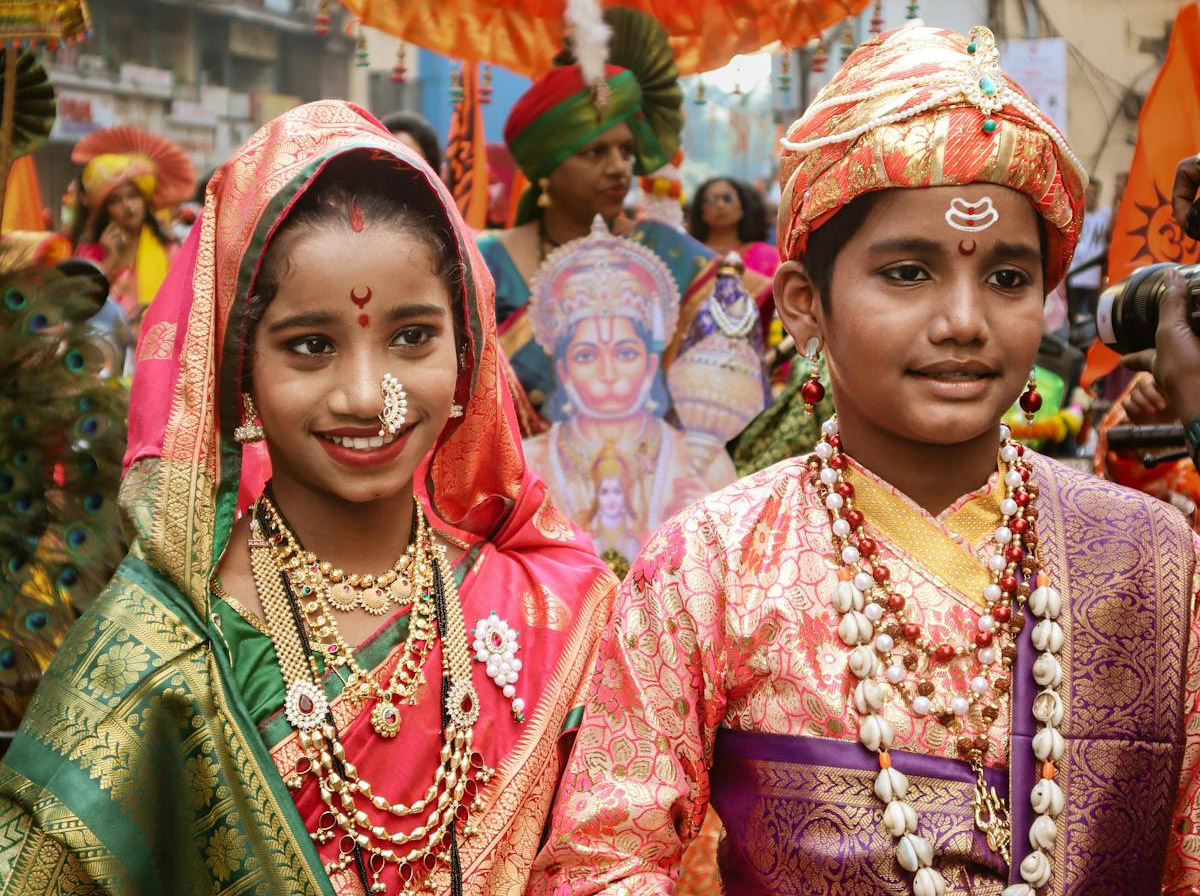
The festivals of Maharashtra are undoubtedly grandeur affairs, full of traditional dancing, music, and whatnot. We see the ladies dressed in Paithani and Nauvari sarees, accessorized with traditional nath (nose rings), mangalsutra, and green bangles. The menfolk dress up in dhotis, kurtas, and pheta turbans on such occasions. All this goes to prove the close-knit nature of Maharashtrian society.
Revival of Traditional Dresses in Modern Fashion
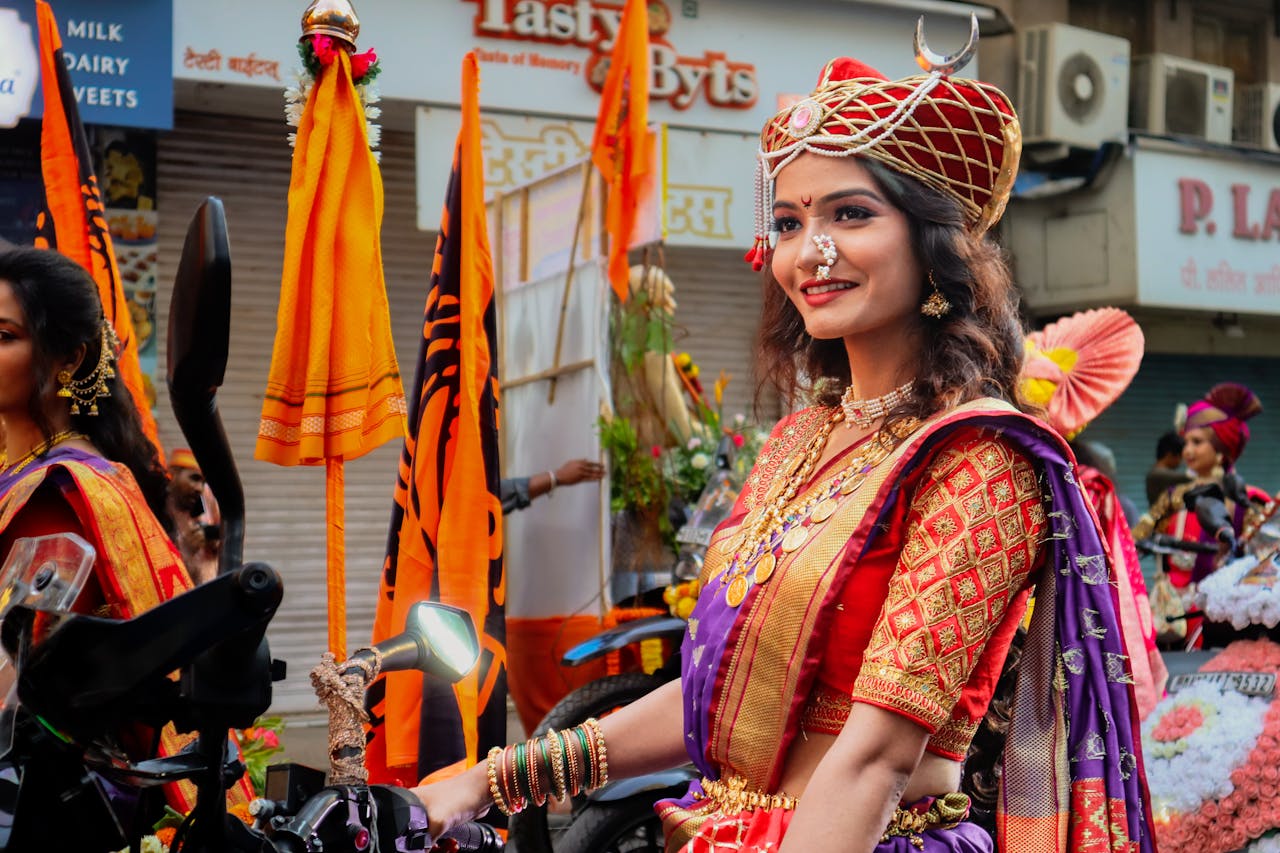
While the traditional drapes of Maharashtra have a deep historical root, it can be easily seen that they continue to influence the fashion world today. Designers in India and abroad are drawing inspiration from Paithani sarees and Nauvari drapes, giving them contemporary twists. It is not limited to only Paithani weaves in bridal lehengas, even the modernized version of the Nauvari saree walks down the red carpet.
Maharashtrian sarees are often flaunted by celebrities and fashion icons at weddings and gatherings. With a modern twist to the age-old garments, this attire has seen revival. It’s not restricted to women alone, in modified versions of dhoti and pheta, men wear them too.
FAQs on Traditional Dresses of Maharashtra
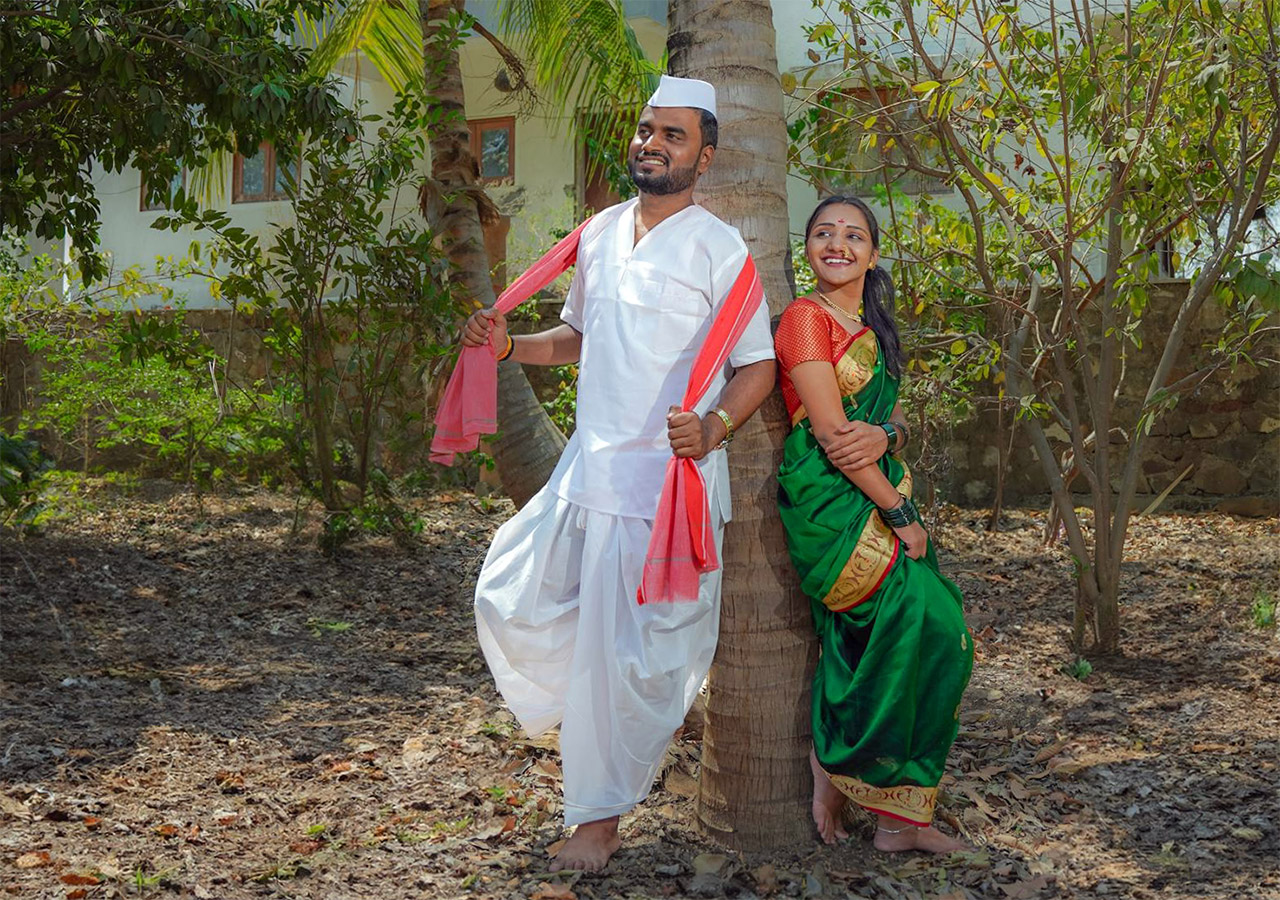
What is a Paithani saree and why is it special?
Paithani saree is a handwoven silk saree originating from Maharashtra known for it’s intricate designs of gold and silver threads in its pallu. It is special because of its luxurious fabric and traditional craftsmanshi
How is the Nauvari saree different from other sarees?
Nauvari saree is nine yards long and worn in the dhoti style while the normal sarres are six yards long. This draping style allows for more freedom of movement, making it both practical and beautiful.
What holds significance in Maharashtrian culture about pheta?
The pheta is the traditional turban worn by the men in Maharashtra. It refers to pride, honor, and respect. It is worn during special occasions like weddings and religious festivals.
Where did Kolhapuri chappals originate from?
Kolhapuri chappals originated from Kolhapur town in Maharashtra state. These are hand-made leather sandals without any exaggerated designs and are known for their durability.
Do traditional Maharashtrian dresses have any place in modern scenarios?
Yes, many traditional Maharashtrian dresses like Paithani saree, Nauvari saree, and Kolhapuri chappals are worn in modern fashion. The designers have readily incorporated the old-fashioned weaves and styles in modern dresses which are becoming trendier in both formal as well as informal ways.
Few Lines on Traditional Dresses of Maharashtra

- Paithani saree is generally a luxury product with subtle craftsmanship.
- The Nauvari saree is worn uniquely for the sake of free movement.
- These Kolhapuri chappals linger for a long time and can be paired with both traditional and modern attire.
- The pheta is an honor and pride for men to wear.
- Maharashtra’s various festivals showcase the beauty of traditional attire.
- The traditional clothing of the people of Maharashtra depicts the state’s long cultural heritage.
- Marathi traditional clothing inspires the fashion world of the modern era since they were rediscovered again in the public domain.
Keynotes
The traditional dresses of Maharashtra are not just clothes, it is a celebration of history, culture and identity. Noted for exquisite Paithani sarees, elegant Nauvari sarees, and many more, this intricacy within the traditional attire of the state leaves everyone in awe and inspiration for both basic wear and modern fashion at the same time. With deep-rooted meaning and timeless, Maharashtra’s traditional dresses emerge as epitomes of the state’s cultural heritage.







































